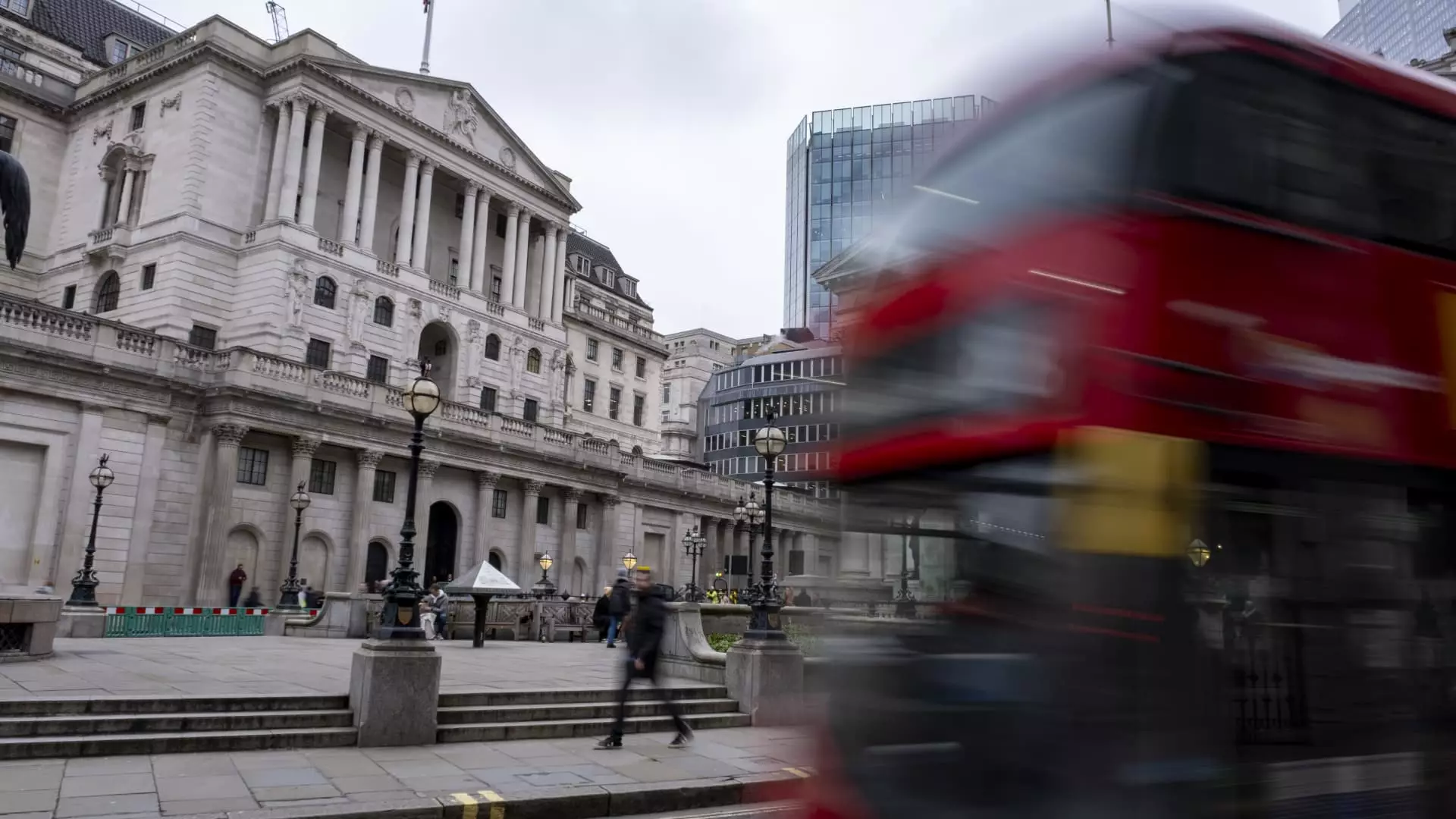The Bank of England has decided to maintain interest rates at 5.25%, signaling potential rate cuts as inflation continues to decline. The Monetary Policy Committee voted 8-1 in favor of keeping rates steady, with one member advocating for a 25 basis point cut to 5%. This decision marks a shift as no members pushed for further rate hikes, a departure from past meetings where increases were considered.
Inflation rates have been decreasing, with headline inflation dropping to an annual 3.4% in February, the lowest level since September 2021. The central bank anticipates that the consumer price index will return to its 2% target by the second quarter, particularly as the household energy price cap is set to decrease further in April. Despite the decline in inflation, the bank acknowledges that certain indicators of inflation persistence remain high.
The Monetary Policy Committee maintains that a restrictive monetary policy is necessary to bring inflation back to the 2% target sustainably in the medium term. However, the stance of monetary policy is also impacting the real economy by constraining activity, loosening the labor market, and suppressing inflationary pressures. With the U.K. economy experiencing a technical recession, the Bank of England faces the challenge of striking a balance between stabilizing inflation and avoiding economic downturn.
Following two years of aggressive tightening, central banks worldwide are deliberating on when to reverse monetary policy to address a global inflation surge. The recent decision by the U.S. Federal Reserve to maintain rates and project three rate cuts this year underscores the cautious approach taken by major central banks. The dovish stance adopted by the Bank of England, as reflected in the decision to keep rates unchanged, suggests a potential shift towards rate cuts in the future.
Economists have differing views on the Bank of England’s monetary policy approach. While some, like PwC Chief Economist Barret Kupelian, emphasize the need for concrete evidence of cooling inflationary pressures on multiple fronts before taking action, others like ICAEW Economics Director Suren Thiru criticize the central bank for being overly cautious. Thiru warns that delaying rate cuts could prolong economic challenges for the country, especially given the current slowdown in inflation and recessionary conditions.
Amidst the evolving economic landscape, the Bank of England must navigate through uncertainties related to labor market dynamics, wage growth, and services inflation. The unique challenges posed by high levels of economic inactivity and skills mismatches further complicate the adjustment process required in the labor market. Adapting to these complexities and ensuring a smooth transition in wage growth rates will be crucial for the central bank in its future monetary policy decisions.
The Bank of England’s decision to maintain interest rates while hinting at potential rate cuts reflects the delicate balancing act faced by central banks worldwide in responding to evolving economic conditions. As inflation falls and the economy grapples with recessionary pressures, policymakers must carefully evaluate the impact of their decisions on key economic indicators to steer the economy towards stability and sustainable growth.


Leave a Reply